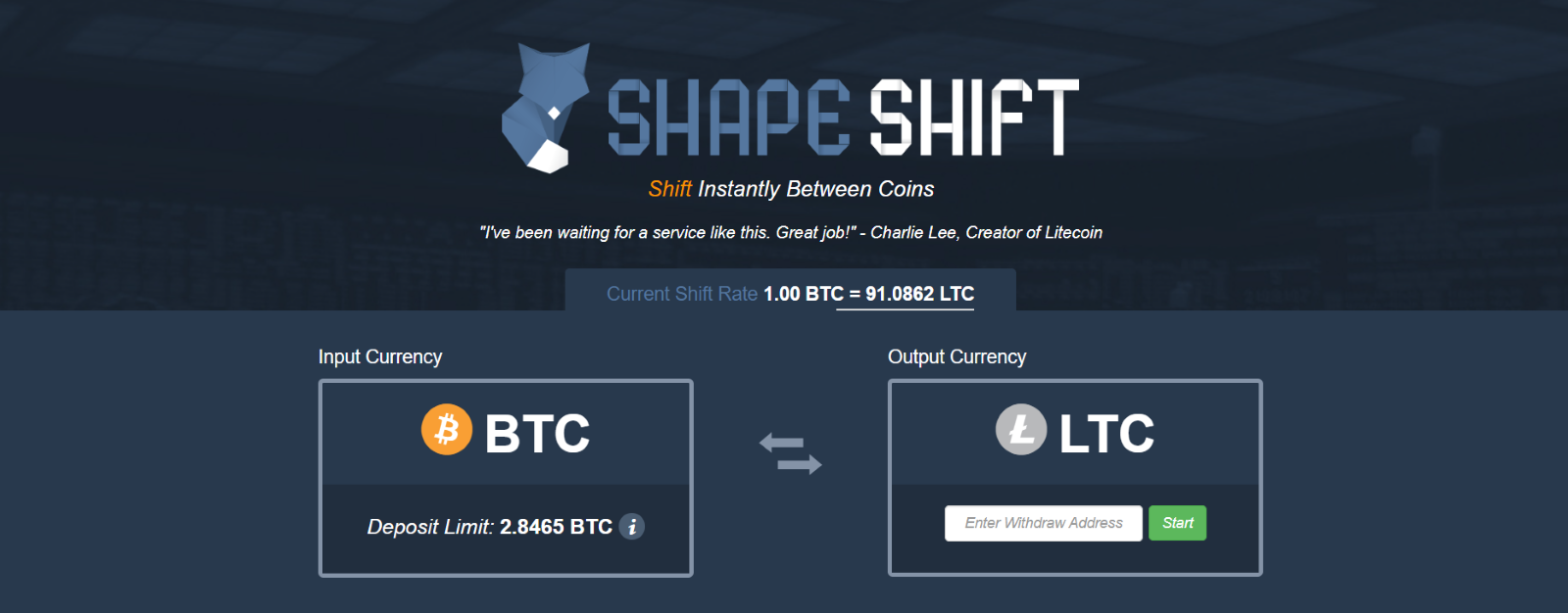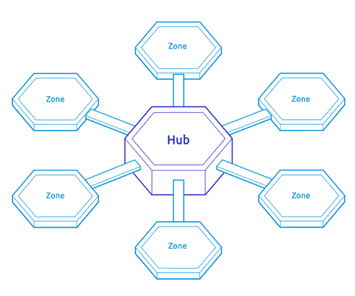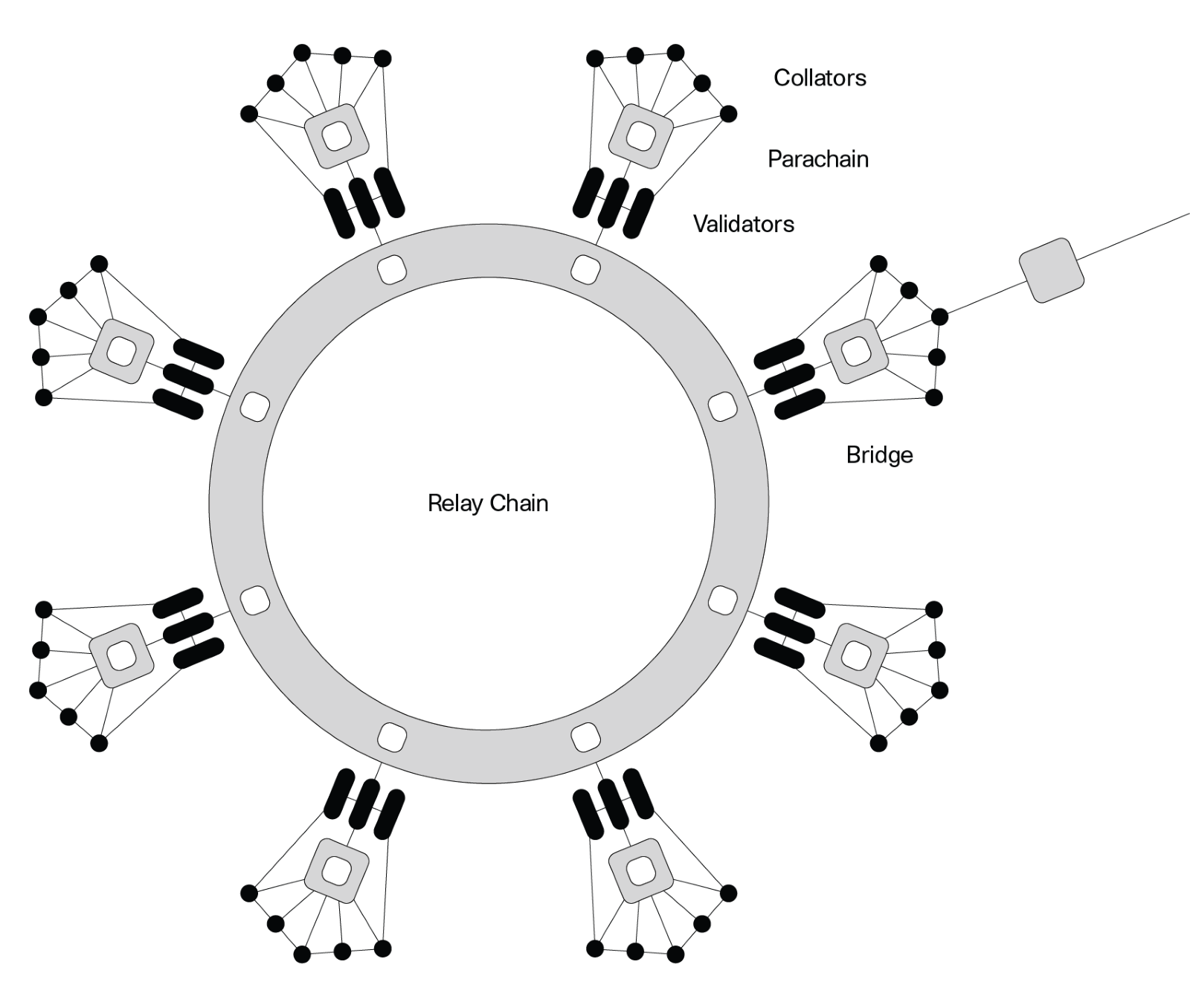The Web3 ecosystem has witnessed exponential growth in the past few years.
However, this growth came at a cost.
The decentralized nature of the ecosystem meant that hundreds of projects with different goals were built on different blockchains. The ecosystem quickly became divided and misaligned, with projects getting siloed within their cannot blockchain, unable to communicate or transact with each other. This problem affects the users who cannot move their funds from one ecosystem to another. It also affects the projects by separating liquidity and making DeFi significantly less efficient than a centralized solution.
While bridges are a great first step in addressing this problem, if DeFi wants to out-compete CeFi in the long run, it must have seamless interoperability between blockchains and projects.
This is where cross-chain interoperability solutions emerge as the answer. Cross-chain interoperability refers to the ability of different blockchain networks to exchange data and assets seamlessly. If successful, it will create a cohesive and interconnected web of blockchains where information and value can flow freely from one network to another.
Understanding Cross-chain Interoperability
Imagine these scenarios: You want to exchange BTC from the Bitcoin Network for ETH from the Ethereum mainnet or exchange your ETH from Arbitrum to buy a utility token for a blockchain game on Solana. You do all that with a single wallet seamlessly and quickly. This is what a fully interconnected ecosystem would look like.
This level of interoperability would allow services in one network to benefit the entire ecosystem and allow each network to balance its strengths and weaknesses to create a sum that’s bigger than the whole.
First Attempts at Creating Interoperability
During the early years of Web3, cross-chain interoperability was just a theoretical concept. As the crypto ecosystem branched away from just Bitcoin and new networks like Litecoin and Ethereum gained traction, developers and researchers started brainstorming ways to get these networks to talk to each other and exchange value. During those days, the only way to change coins from one network to another was through fiat currency and a few centralized exchanges that offered multi-coin support.
In 2014, ShapeShift.io launched, becoming the first decentralized alternative that allowed users to transfer coins from one network to another without a user account or a signup process. It quickly became the go-to site for users to move assets from one network to another without any third-party custody. However, the popularity also attracted regulatory attention. By 2018, pressure from authorities forced Shapeshift to demand personal identification information from its users, thereby reducing its usefulness for most users.

To add to its problems, Shapeshift also faced several security breaches. The site suffered multiple attacks, resulting in hundreds of BTCs and thousands of ETH being stolen from their hot wallets. Some of these attacks involved Shapeshift’s employees. Such attacks soon made it clear to everyone that security must be the number one priority when connecting multiple networks.
The Evolution of Interoperability
These early attempts showed the need for cross-chain protocols that are decentralized and built from the ground up with multi-chain functionality in mind. Two projects were created during this phase, focusing primarily on unifying the cryptocurrency ecosystem: Cosmos and Polkadot.
Jae Kwon and Ethan Buchman created Cosmos. The project aims to allow developers to create blockchains compatible with the Cosmos network through which each blockchain can interact. The individual blockchains are called Zones, and the base layer connecting them is called Cosmos Hub.
The Cosmos ICO raised over $17 million in 2017, and the Cosmos Hub was launched in March 2019. As of Aug 2023, the biggest cross-chain dex platform, Thorchain, uses Cosmos’s Inter-Blockchain Communication (IBC) to connect blockchains like Bitcoin, Ethereum, and Litecoin.
Around the same time as Cosmos, one of Ethereum’s co-founders, Gavin Wood, branched away from the project to create Polkadot, a blockchain designed from the ground up to allow cross-chain interoperability. Polkadot has a similar design structure to Cosmos, where a central base layer allows different blockchains connected to it to pass data and value to one another. On Polkadot, the individual blockchains are called Parachains, and the base layer is called a Relay Chain. Several projects like Moonbeam and Acala are building on Polkadot with the intention of achieving complete cross-chain integration in the coming years.


The Future of Interoperability
In addition to Cosmos and Polkadot, a recent announcement from Chainlink about their Cross-chain Interoperability Protocol (CCIP) shows another method through which the ecosystem could bridge different blockchains. CCIP will allow developers to create cross-chain dApps that interact with multiple blockchains. These applications can leverage the underlying network's unique strength while providing a seamless user experience. CCIP’s launch is interesting as Chainlink is already widely used as an oracle by many DeFi projects. Therefore, it would be easier for many of these projects to integrate the cross-chain features into their dApps.
Conclusion
As the web3 ecosystem develops, interchain communication becomes more crucial. The current disconnected nature of the blockchain ecosystem makes it hard to transfer capital and information from one network to another, creating an inefficient ecosystem. Achieving cross-chain interoperability is not just a feature but an absolute necessity for the growth of this ecosystem. As such, we need to pay close attention to the projects trying to make this a reality and hope that some, if not all, of them succeed in this important endeavor.
Discover SynFutures' crypto derivative products at www.synfutures.com/.
Disclaimer: SynFutures Academy does not guarantee the reliability of the site content and shall not be held liable for any errors, omissions, or inaccuracies. The opinions and views expressed in any SynFutures Academy article are solely those of the author(s) and do not reflect the opinions of SynFutures. The SynFutures Academy articles are for educational purposes or information only. SynFutures Academy has no relationship to the projects mentioned in the articles, and there is no endorsement for these projects. The information provided on the site does not constitute an endorsement of any of the products and services discussed or investment, financial, or trading advice. A qualified professional should be consulted prior to making financial decisions.


